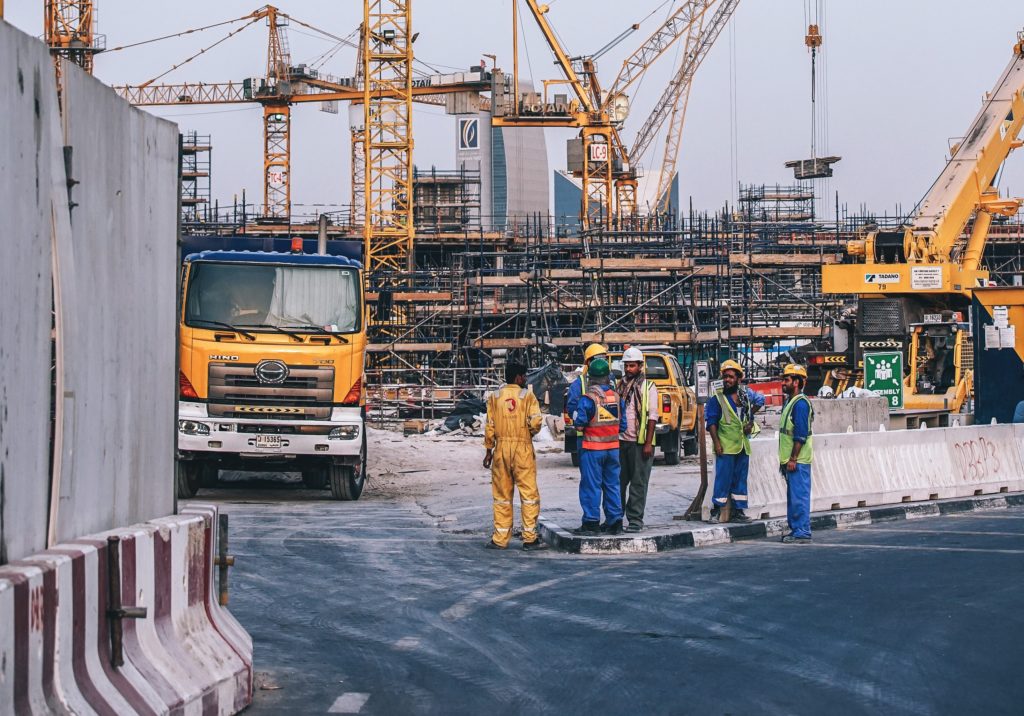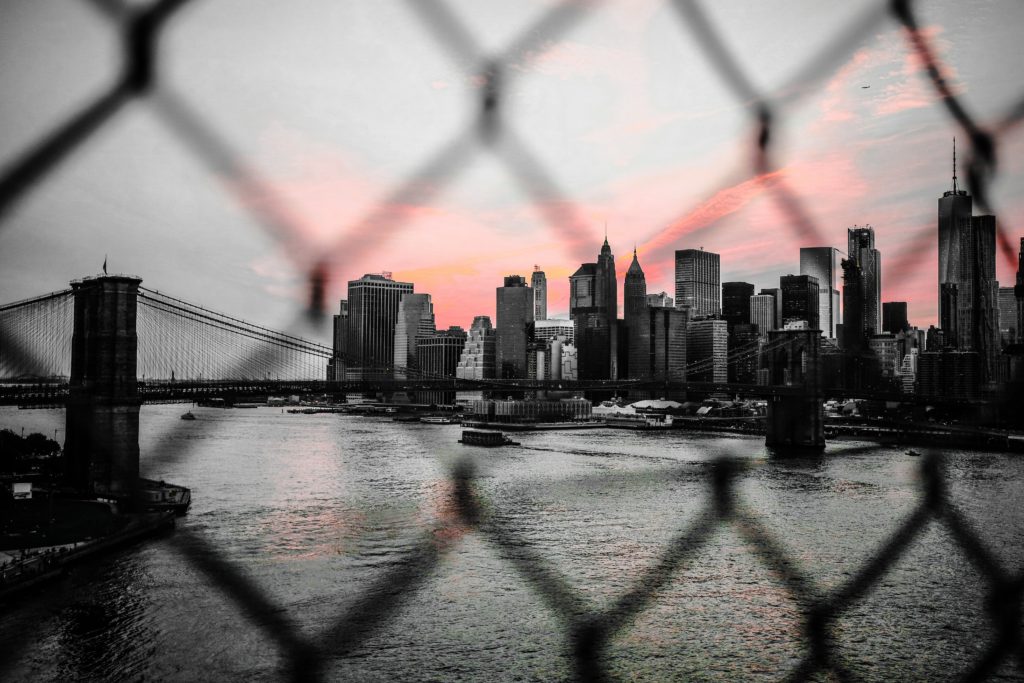 Construction is one of the most dangerous jobs in New York City, and construction deaths have been on the rise over the last few years. After months of debate and revision, a law was passed last year that instituted new requirements for construction worker safety training. As this law goes into effect this year, construction companies need to provide their workers with necessary training to ensure they can stay safe on the job. Failing to make sure workers receive this training will not only open construction companies up to large fines, but could also be considered an act of negligence in civil court if an accident does occur.
Construction is one of the most dangerous jobs in New York City, and construction deaths have been on the rise over the last few years. After months of debate and revision, a law was passed last year that instituted new requirements for construction worker safety training. As this law goes into effect this year, construction companies need to provide their workers with necessary training to ensure they can stay safe on the job. Failing to make sure workers receive this training will not only open construction companies up to large fines, but could also be considered an act of negligence in civil court if an accident does occur.
Occupational Safety in New York City
The good news is that fatal occupational injuries in New York have been on the decline for a few years, but the numbers are still higher than they should be. In 2016 there were 56 deaths in the city due to occupational injuries, according to the Bureau of Labor Statistics. Of those, 20 were the result of violence or other injuries inflicted by people or animals. Another 13 deaths occurred due to slips, trips, or falls, making them the deadliest type of accident not involving another person.
Installation, maintenance, and repair jobs were among the most dangerous occupations for New Yorkers in 2016, along with jobs in protective services. The second deadliest occupation in terms of fatal injuries was transportation and material moving, which is no surprise since transportation-related fatalities are among the most common occupational injuries. However, the single deadliest field to work in was construction, particularly for construction trade workers such as carpenters and electricians.
Construction Worker Deaths
Construction job sites are among the most dangerous locations in the city, providing numerous hazards that can result in serious injuries and deaths. The greatest danger for construction workers comes in the form of falls, slips, and trips. Of the 144 construction worker deaths due to injuries from accidents in New York City between 2007 and 2014, more than 80 were due to falls—25% from scaffolds, 16% from ladders, and 11% from roofs.
Second to falls was being crushed or struck by an object or piece of machinery. Of the 144 deaths from 2007 to 2014, 32% were due to being struck, crushed, or caught between objects or equipment at a construction site.
During that time, falls and being struck by an object accounted for 90% of all construction worker deaths, and most such accidents are avoidable with proper safety training and equipment.
Safety Training Requirements
 The new legislation was originally proposed to require nearly 60 hours of safety training, but that number was ultimately lowered to 40 hours before passage of the bill. Funding was also set aside to help low-wage workers and independent contractors who cannot afford to pay for the safety training on their own.
The new legislation was originally proposed to require nearly 60 hours of safety training, but that number was ultimately lowered to 40 hours before passage of the bill. Funding was also set aside to help low-wage workers and independent contractors who cannot afford to pay for the safety training on their own.
Under this legislation, it is the responsibility of employers and owners of construction companies to ensure all of their employees meet these requirements and undergo training. Failure to do so means that companies can be fined up to $25,000 per employee who is not properly trained with the number of hours needed. The new law is going into effect in stages, however, to give employers and contractors time to attend safety training while still working.
Deadlines for Training
Initially, as the new law begins to be enforced, workers will have to undergo just 10 hours of safety training and carry a card with them that proves they have gone through it. This training is being established under federal guidelines to ensure that all construction workers know best practices for safe behavior and how such practices can save their lives. By December, another 20 hours of training must be completed in accordance with the new law. The final 10 hours will need to be finished in 2019.
Negligence and Civil Action
This new construction worker safety law clearly dictates that all workers must have this training and puts responsibility for it on the employer. This means that any employer that fails to ensure their workers have this training by the deadlines could be considered negligent. Negligence is a vital part of proving and winning a civil claim after a serious accident.
If you were injured on the job and have questions, call our top New York accident attorneys at Wingate, Russotti, Shapiro, Moses & Halperin, LLP. Your consultation is free, and if we take your case, we don’t get paid until you do. Call (212) 986-7353 today.